In a strategic move to tackle the shortfall caused by Pratt & Whitney (P&W) engine problems, India's largest airline, IndiGo, is contemplating a unique approach—leasing up to five Boeing 737 Max aircraft on a short-term damp lease from Qatar Airways. This decision comes amidst challenges in finding available aircraft for short-term leases due to the drying up of the leasing market.
IndiGo's Damp Lease Strategy
IndiGo's decision to opt for a damp lease, a relatively costlier arrangement where the lessor provides both aircraft and operational support, showcases the airline's commitment to maintaining uninterrupted operations during the upcoming busy summer travel season. The leased Boeing 737 Max planes, less than four years old, will be sourced from Qatar Airways, marking IndiGo's first venture into operating Boeing 737 planes, having been an Airbus A320 operator.
Exclusive Deployment on India-Qatar Route
Sources reveal that the leased aircraft will be exclusively deployed on the India-Qatar route, with Qatar Airways handling maintenance responsibilities while IndiGo manages cabin crew operations. This strategic partnership allows IndiGo to address the capacity crunch caused by the grounding of around 75 Airbus A320 Neo aircraft due to P&W engine issues.
Global Aircraft Shortage Challenges
IndiGo's innovative move comes against the backdrop of a global shortage of available aircraft for short-term leases. With airlines worldwide holding onto aging planes due to supply chain constraints and ongoing engine issues, IndiGo faces challenges in finding well-maintained older aircraft for short-term arrangements.
Impact on IndiGo's Growth Plans
The shortage of available planes has led to a 12% reduction in IndiGo's capacity growth for the January-March period, compared to the average 15-19% growth witnessed in previous quarters. The airline, with 135 planes, holds the largest potentially affected fleet, prompting a shift in its traditional practice of returning aircraft after six years.
Curbs on Boeing 737 Max Production
Recent restrictions on the expansion of Boeing 737 Max production following the Alaska Air incident further tighten the supply situation. Analysts at Ishka, specializing in aircraft valuation, report a scarcity of available Airbus A320Ceo aircraft for rent, with a 22% increase in the market value of a 5-year-old A320Ceo since January 2022.
Conclusion
IndiGo's unconventional approach to secure Boeing 737 Max aircraft on a short-term damp lease reflects the airline's resilience in navigating the challenges posed by the P&W engine problems and the broader global shortage of available planes. As the airline seeks alternatives to maintain its growth trajectory, the industry watches closely to see how this innovative strategy will impact IndiGo's operational efficiency and financial standing in the long run.
With Inputs from Economic Times
Read next
AirAsia will resume flights from Visakhapatnam to Kuala Lumpur from April 26th becoming the only airline to have direct flights on this route.
These flights will operate three times a week with some fares starting at Rs 5000 if booked between now and 14th February for travel from 26th April 2024 to 19 March 2025.
“AirAsia is thrilled to continue this celebratory momentum of growing connectivity in one of our biggest international markets ? India ? as we continue to make travel more affordable and accessible to all. A direct route from Visakhapatnam to Kuala Lumpur is a core part of our expansion plans and we’re delighted that it is taking off at an opportune time for AirAsia, marking our fourth and counting route from India this year," said Group CEO of AirAsia Aviation Group, Bo Lingam.
AirAsia is also starting Visakhapatnam - Bangkok flights from 9 April 2024.
“We look forward to connecting travellers to the beautiful Kuala Lumpur that is immersed in rich culture as well as enchanting natural wonders, and links travellers from India affordably to other parts of Malaysia, South East Asia and further afield on our vast network. Similarly, we look forward to flying travellers from Malaysia’s capital who are keen to visit the quaint and stunning Visakhapatnam. This expansion reflects our dedication to providing seamless and inexpensive travel options, linking different people to different cultures. As we progress into 2024 and with hopes for a wonderful year for travel ahead, AirAsia will be looking to further expand our presence in India and allow for more affordable connectivity between our two nations and beyond,” he added.
The airline recently announced three other new routes from India to Kuala Lumpur that will begin operating this year ? Thiruvananthapuram in February, serving as AirAsia’s second route from the state of Kerala following Kochi, Jaipur in April and Ahmedabad in May. In addition, AirAsia and sister airline AirAsia X fly from six cities in south India ? Chennai, Tiruchirappalli, Kochi, Hyderabad, Bengaluru and Kolkata, as well as from two cities in the north ? New Delhi and Amritsar.
Read next
Are North American Flight Attendants Ready to Soar for Fair Compensation?
Abhishek Nayar
05 Feb 2024
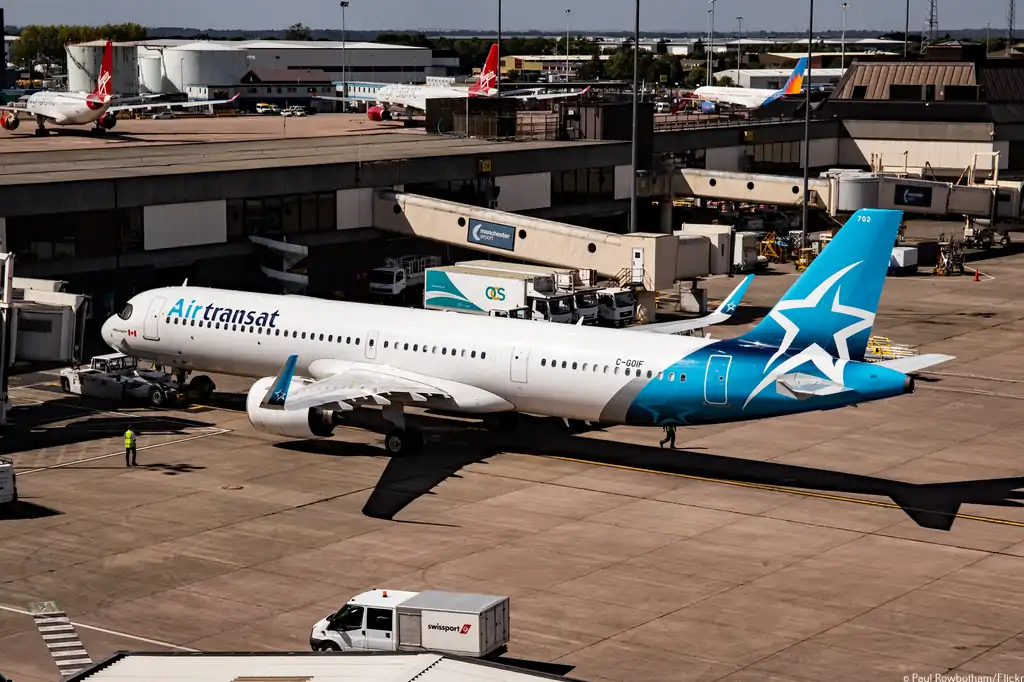
In the midst of a booming travel industry, North American flight attendants are taking a stand for better pay and improved working conditions. The rejection of a new tentative agreement by Air Transat flight attendants has highlighted the growing demand for higher wages among cabin crews. Let us explore the recent developments in the airline industry, where unions representing these essential workers are pushing for substantial pay gains.
Air Transat's Rejected Agreement
Air Transat, a Canadian leisure carrier, faced a setback as 82% of its cabin crew members rejected a new tentative agreement. This marks the second rejection of the proposal, emphasizing the determination of flight attendants to secure better terms. The union, CUPE, representing 2,100 cabin crew members at Air Transat, has expressed the need for substantial improvements in wages and benefits.
Industry-Wide Push for Higher Wages
Unions across various industries, including aerospace, construction, airlines, and rail, have been advocating for higher wages and enhanced benefits over the past two years. The tight labor market has emboldened workers to demand their fair share. This trend is not limited to Air Transat, as flight attendants at Alaska Airlines are currently voting on whether to authorize a strike for the first time in decades.
Changing Compensation Models
One of the central issues in the negotiations is the demand for compensation for hours worked on the ground before takeoff and after landing. This marks a significant departure from the current industry norm, where flight attendants are predominantly paid when the aircraft is in motion. The question of onboard staffing is also a key sticking point, reflecting the evolving priorities of cabin crews.
Southwest Airlines and the Strike Authorization
Southwest Airlines witnessed a similar scenario as flight attendants approved a strike authorization after rejecting a tentative contract in November. The industry's spotlight is now on Alaska Airlines, where flight attendants are voting on strike authorization until February 13. The possibility of strikes and labor disruptions looms large, adding pressure on airlines to address the concerns of their cabin crews.
Conclusion
As the demand for air travel surges, North American flight attendants are leveraging their position to demand fair compensation and improved working conditions. The recent rejections of tentative agreements at Air Transat and Southwest Airlines underscore the urgency for airlines to address the evolving needs of their cabin crews. The industry is at a crossroads, with negotiations ongoing and the potential for strikes looming. Will airlines rise to the occasion and meet the demands of their essential frontline workers? Only time will tell.
With Inputs from Reuters
Read next
As Pakistan approaches its elections next week, the caretaker administration is finalizing plans to sell the loss-making Pakistan International Airlines (PIA). This move comes as part of a larger effort to overhaul state-owned enterprises, following an agreement with the International Monetary Fund (IMF) for a $3 billion bailout amid a deep economic crisis.
Economic Reforms in the Face of Crisis
In a significant departure from past practices, the government decided to privatize PIA just weeks after signing the IMF agreement. The caretaker administration, empowered to take necessary steps to meet budgetary targets, aims to present a comprehensive plan for the airline's sale to the cabinet before the upcoming elections on Feb. 8.
Ernst & Young's Privatization Plan
Transaction adviser Ernst & Young has drafted a plan, yet to be approved by the cabinet, outlining the privatization process. The proposed approach involves selling a 51% stake with full management control, while the airline's debts would be transferred to a separate entity. This marks a substantial step forward in a process that previous governments have struggled with for over a decade.
Financial Challenges and Liabilities
PIA, burdened with liabilities of 785 billion Pakistani rupees and accumulated losses of 713 billion rupees as of June last year, faces significant financial hurdles. The move to privatize comes amid a pledge to settle the legacy debt, including negative equity, through a holding company. The government and a consortium of domestic banks are reportedly in negotiations over the settlement.
Governance and Safety Concerns
Apart from financial woes, PIA's governance and safety standards have been under scrutiny by global aviation authorities. Recent incidents, including a flight going astray and a crash in Karachi, have raised questions about the airline's operational efficiency. The European Union Aviation Safety Agency (EASA) imposed a ban on PIA in 2020, which remains in place, resulting in a significant loss of revenue.
Assets and Market Value
Despite its challenges, PIA boasts valuable assets, including key slots at major airports and air routes to top destinations. With air service agreements with over 150 countries, the airline generates approximately 280 billion rupees annually in revenues. PIA's assets, including slots at Heathrow, Manchester, and Birmingham, are estimated to be worth billions.
Conclusion
The decision to privatize Pakistan International Airlines reflects a bold move by the caretaker administration to address the economic crisis and fulfill commitments to the IMF. As the privatization plan progresses, key considerations include resolving financial challenges, addressing governance and safety concerns, and unlocking the true market value of PIA's assets. The success of this endeavor will not only impact the airline's future but also play a crucial role in shaping the economic landscape of Pakistan.
With Inputs from Reuters
Read next
Can the Aviation Industry Truly Go Green Without a Massive Infusion of Taxpayer Money?
Abhishek Nayar
05 Feb 2024
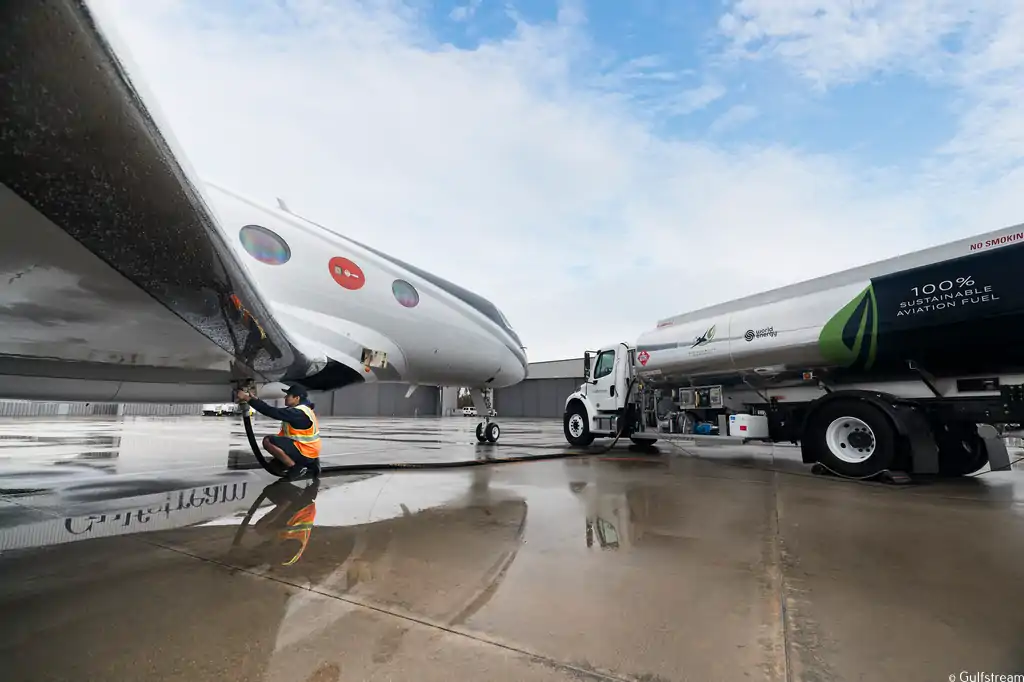
As the aviation industry grapples with the imperative to reduce its carbon footprint, the world's two largest aircraft lessors have raised a critical question: can the fleets of the future fly mainly on greener fuel without substantial investments from governments? Let us explores the challenges and debates surrounding the decarbonization of the aviation sector, focusing on the need for incentives, the role of sustainable aviation fuel (SAF), and the evolving landscape of environmental, social, and governance (ESG) concerns.
The Challenge of Decarbonizing Aviation
While the aviation industry acknowledges the necessity to transition to greener practices, it faces unique challenges compared to other forms of transport. The acute shortage of new, more fuel-efficient aircraft is identified as a pressing challenge alongside the need for incentives to ramp up the production of eco-friendly fuels.
The Role of Sustainable Aviation Fuel (SAF)
SAF, with its lower CO2 emissions compared to traditional jet fuel, emerges as a promising solution. However, the current hurdle lies in the cost of production, which is significantly higher than conventional aviation fuels. Industry estimates suggest a massive capital development investment ranging from $1.45 trillion to $3.2 trillion is required to achieve the goal of 65% SAF in the fuel market by 2050.
Government Investment and Industry Skepticism
Aengus Kelly, CEO of AerCap, expresses doubt about the cost-effectiveness of investing taxpayers' money in achieving greener aviation. With aviation contributing 2-3% of global carbon emissions, the debate revolves around whether such a substantial investment is justified.
Airline Pledges, Prohibitive Costs & ESG Concerns Falling Down the Agenda
Despite airlines pledging to use 10% SAF by 2030, the industry faces challenges in both the supply and cost of sustainable aviation fuel. SAF currently costs three to five times more than traditional jet fuel, posing a significant barrier to widespread adoption.
The conference attendees noted a shift in the prioritization of ESG concerns. While the aviation industry had once embraced environmental, social, and governance issues, the acute challenges in aircraft production and the high cost of SAF have caused these concerns to fall down the investors' agenda.
Future Outlook
As the conference concludes, industry leaders express varying opinions on the future of ESG concerns in aviation. Some believe that once issues surrounding aircraft production and travel rebound fade, environmental concerns will resurface and become a focal point for investors.
Conclusion
The question remains: Can the aviation industry truly go green without a massive infusion of taxpayer money? The debates at the Airline Economics conference in Dublin shed light on the complexities of transitioning to sustainable practices in aviation and raise critical questions about the allocation of resources and the industry's commitment to a greener future.
With Inputs from Reuters

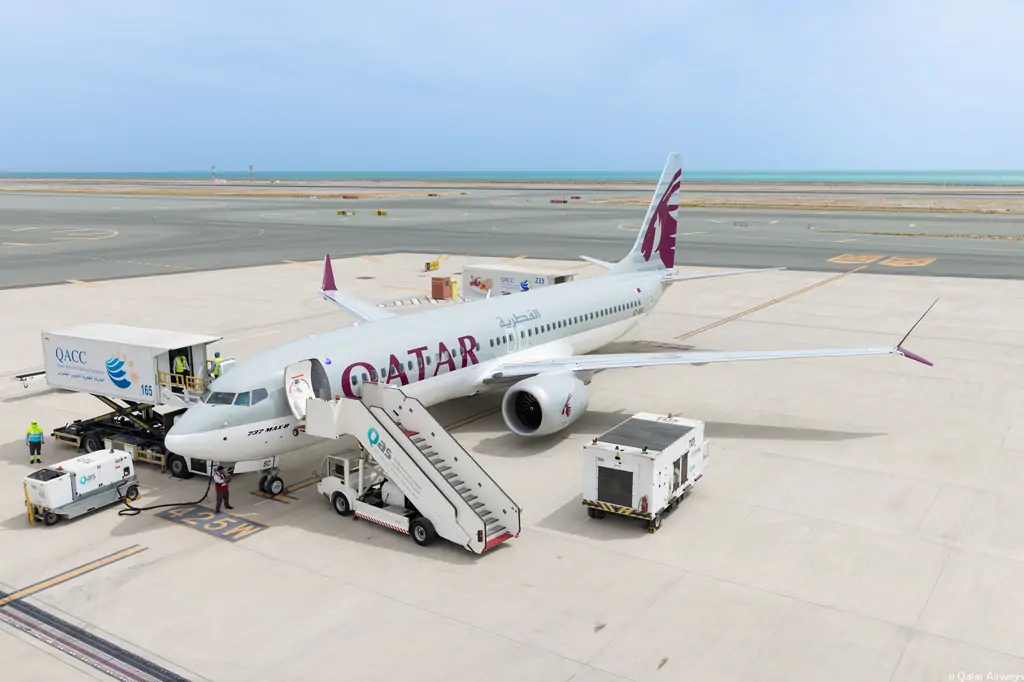

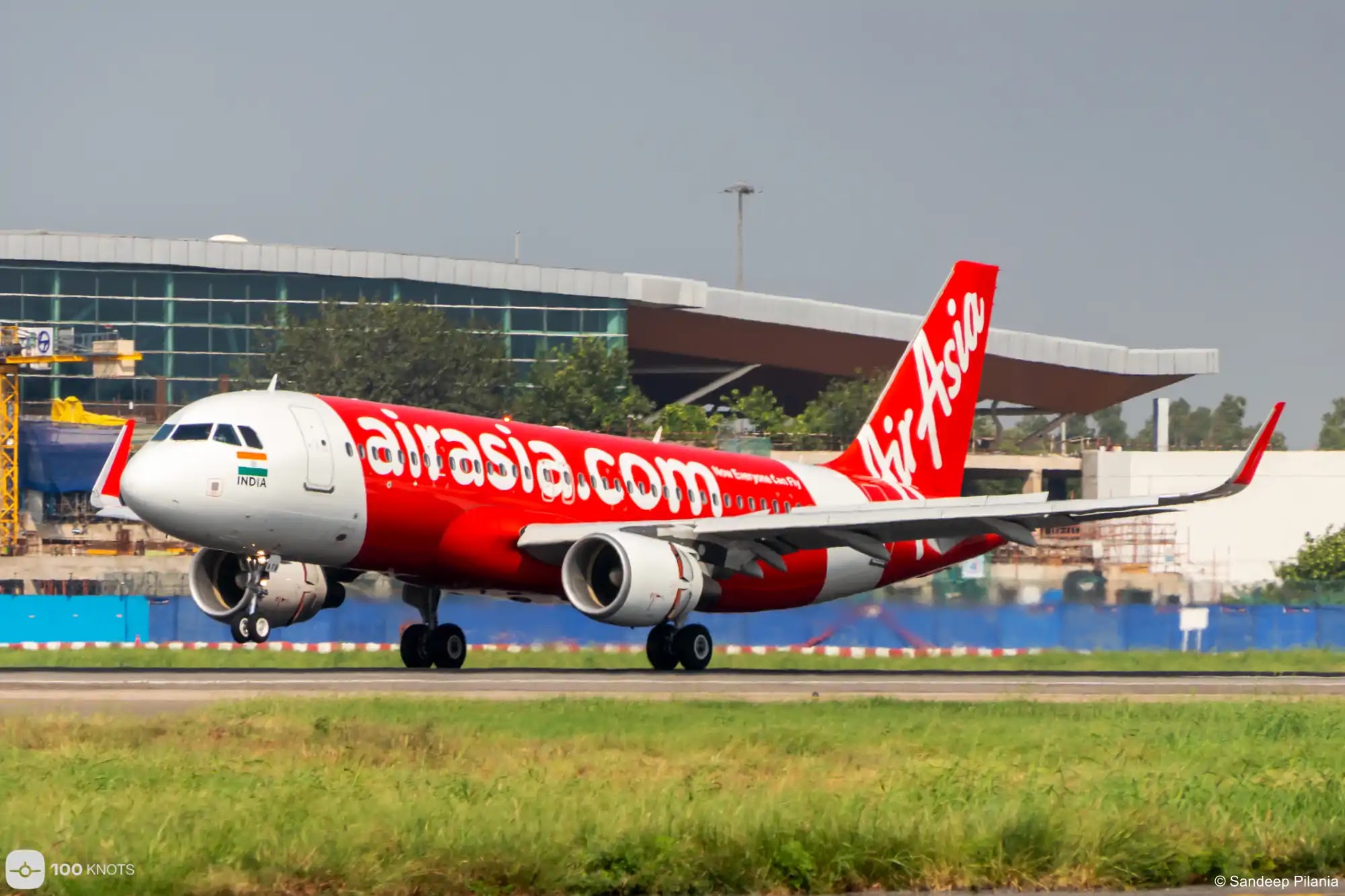
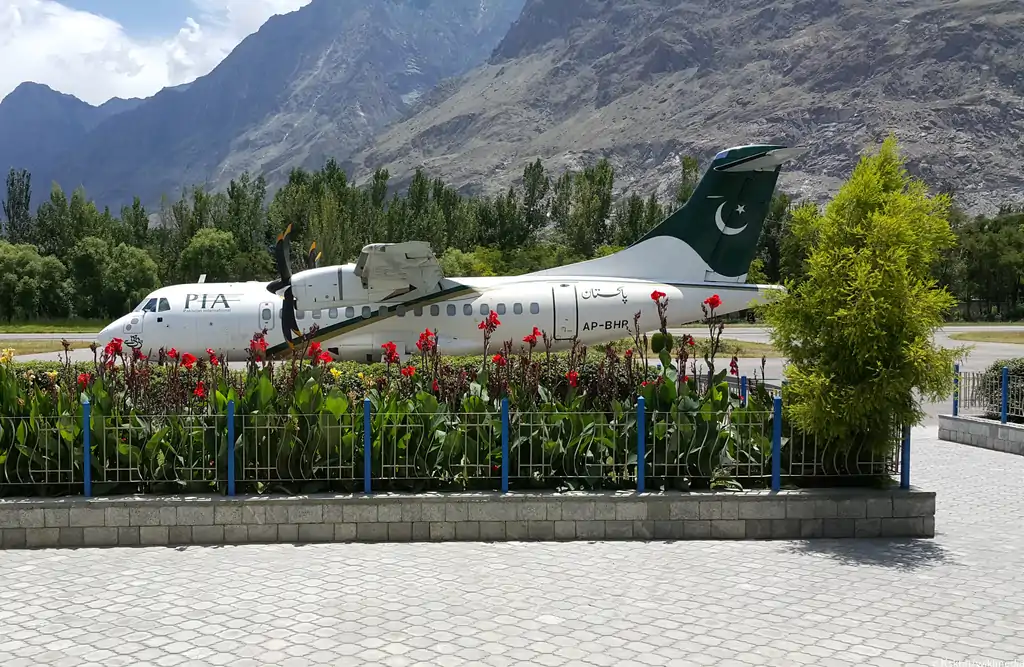
Comment